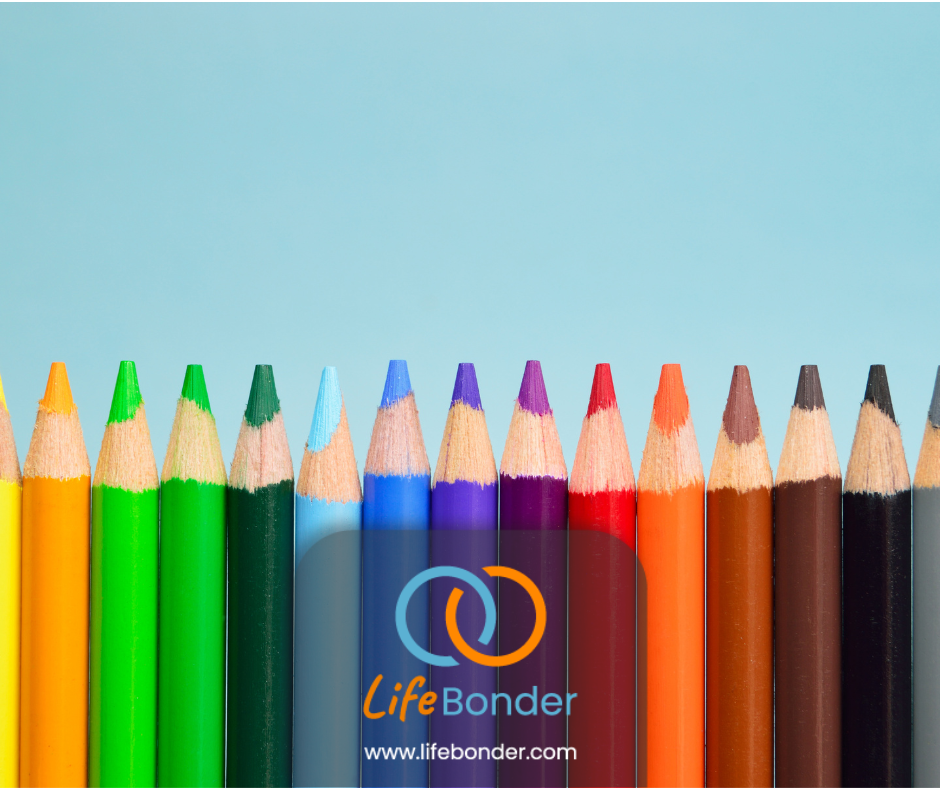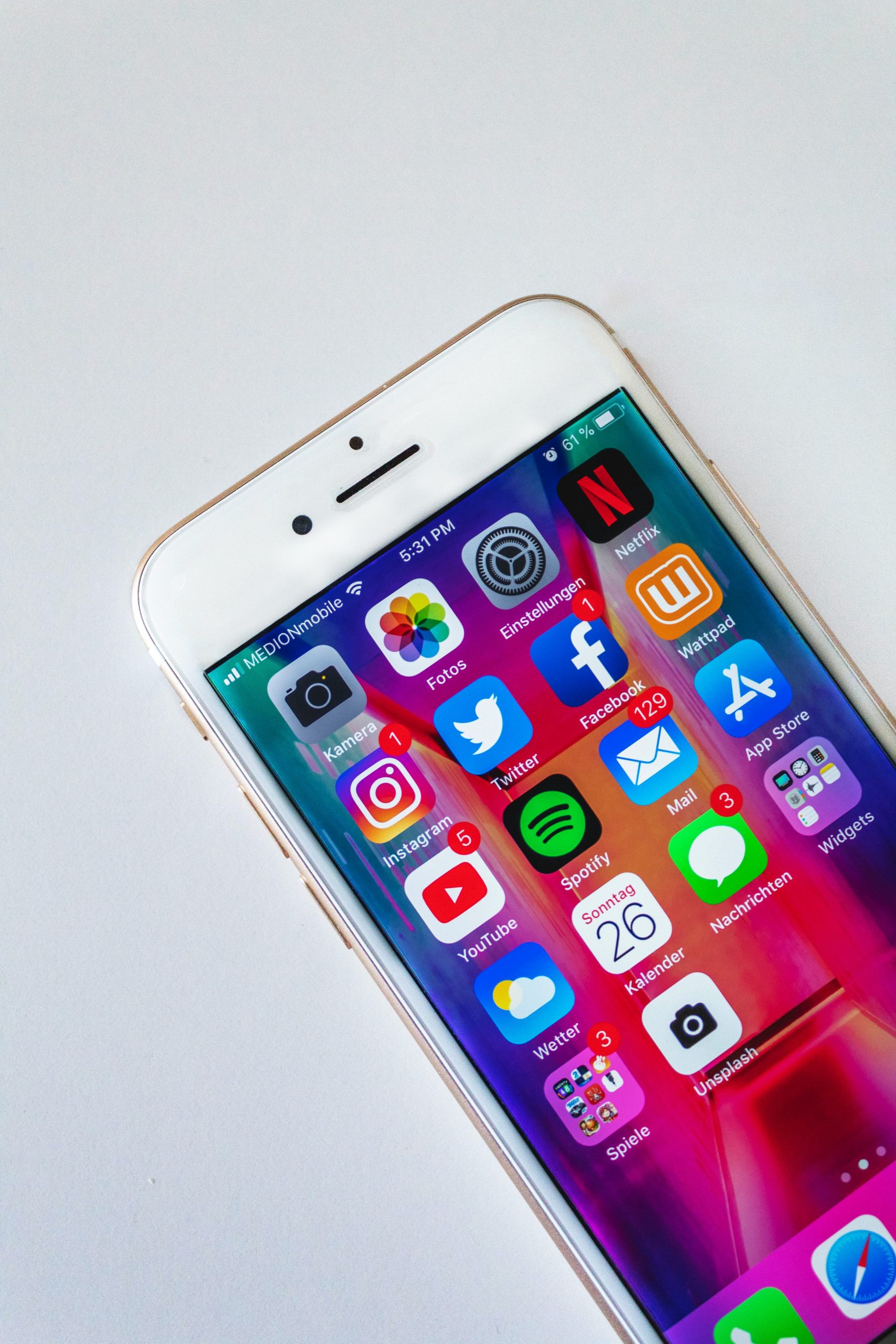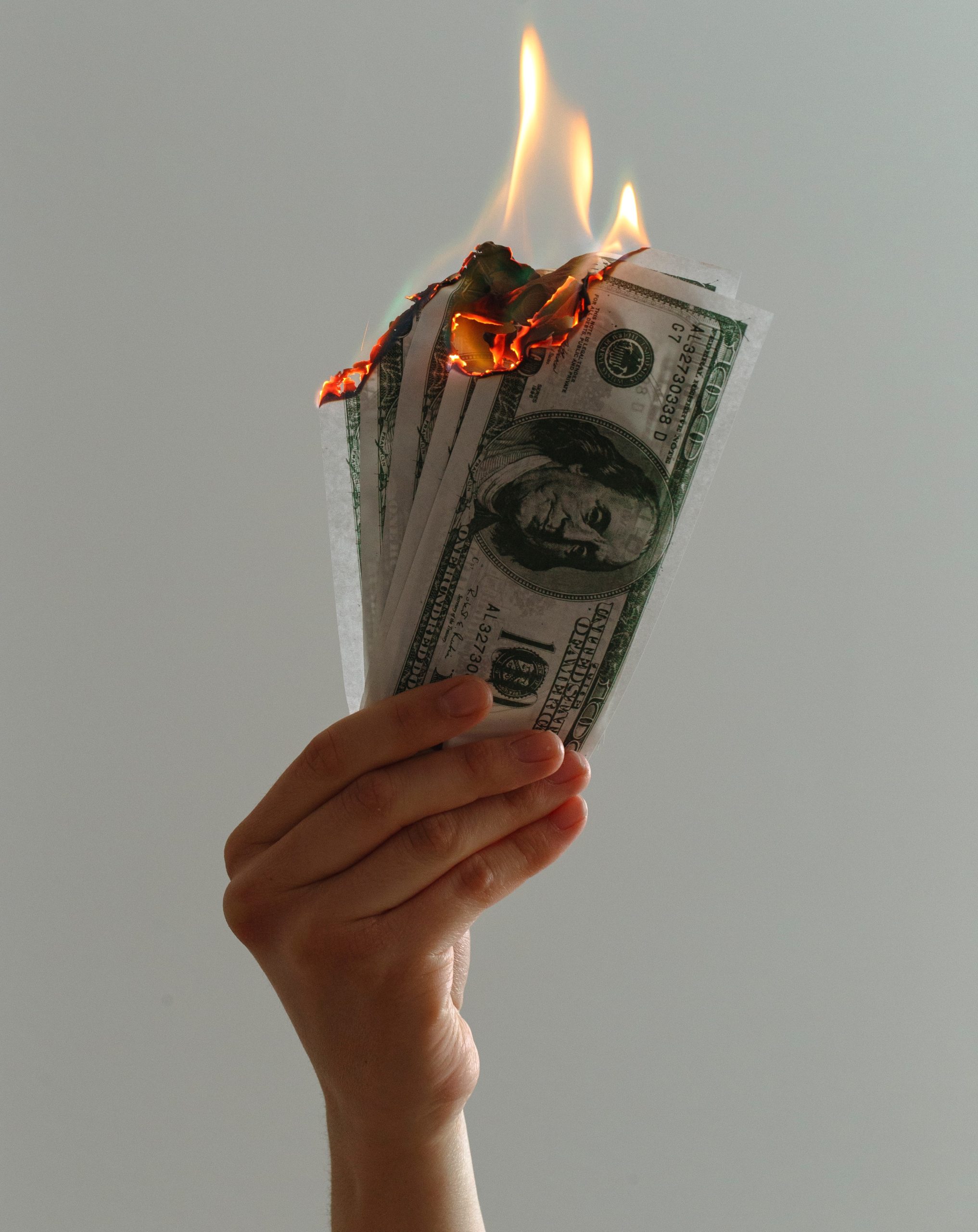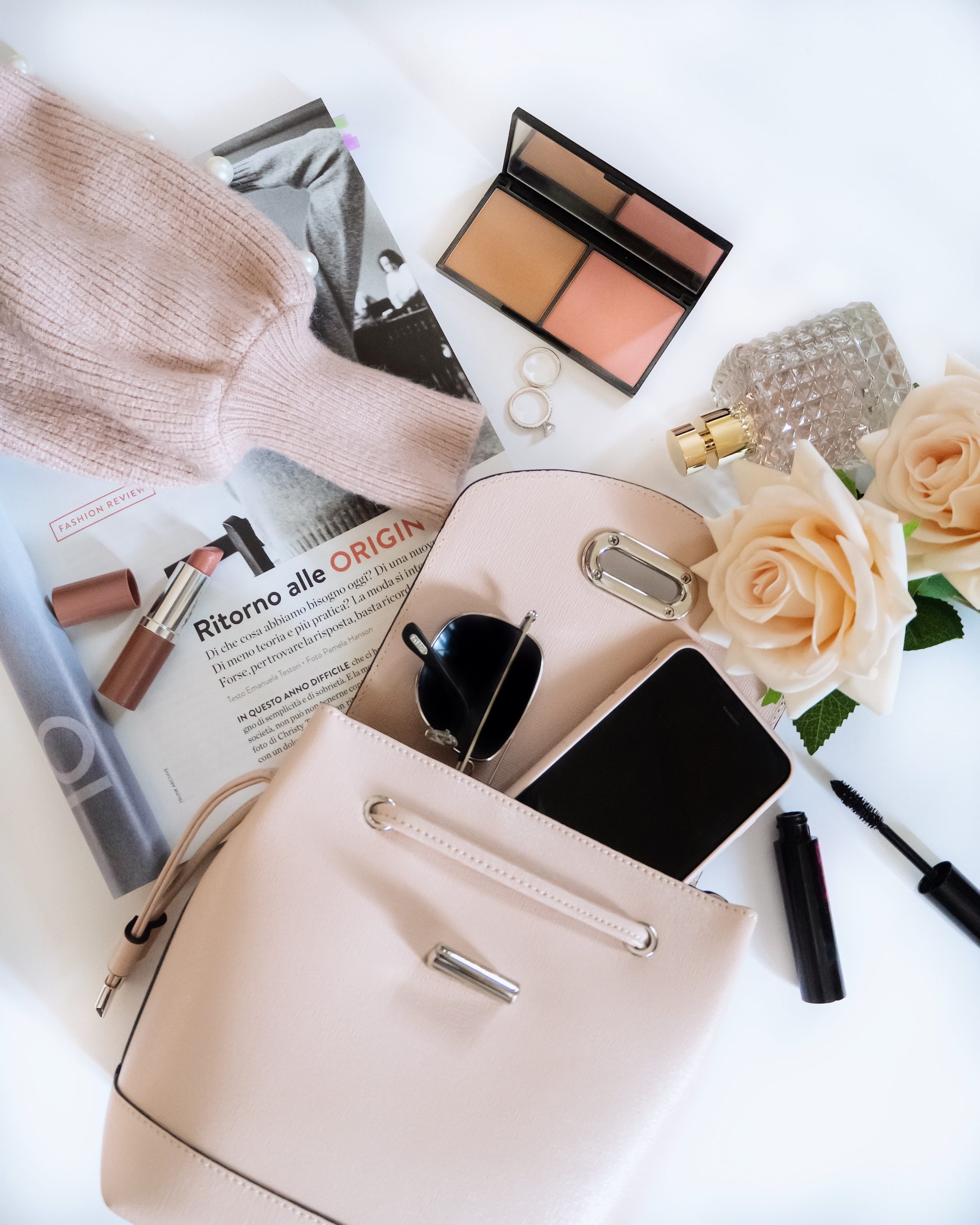Colours are the smiles of nature.
-Leigh Hunt
Who does not like colours? Colour brings happiness, cheer and joy to our lives. We, human beings, choose colours according to our moods and let those express our state of mind to others! When we go to buy clothes, decorative items, shoes, etc, colour is the first thing that we notice. The power of colour to grab attention has made it essential in marketing and advertising. Is not it fascinating that simple colours can be the first tools for businesses to strengthen their foundation? It is, indeed. Are you interested in reading more about colour psychology and its use in marketing? Then let us dig deeper into the world of colours and how marketers can take advantage of it!
What is colour psychology?
Colour psychology is the study of how colours affect human behaviour, emotions, and decision-making. This has widely been used in marketing and branding to influence consumer behaviours. Research says that colours trigger emotional and behavioural responses in humans and make them take specific actions like purchasing. This is why marketers try to use colours to make their brand more attractive to the audience and fixate on colour psychology for desired business growth,
How colours can influence consumer behaviour?
Studies say, 93% of buyers focus on the visual appearance of the products while making a purchase. The visual appearance of a product is widely influenced by colours, right? So, this stunning statistic tells us how much are we influenced by colours.
Studies have revealed that colours can stimulate specific areas of the brain which can lead to specific feelings and actions. For example, red colour is known to influence appetite. This makes this the favourite colour of food chains or food brands. Famous brands like KFC and Mcdonald’s use red in their logo, their packaging and their marketing to influence consumer behaviour.
It is said that blue promotes a sense of security. So, when you see a blue logo or blue packaging, you should know that the marketing tactic behind this is to build trust for the brand! A brand with a blue logo that needs us to trust it? What can be the best example other than Facebook? We have to trust the brand to share our details and blue plays the role here!
What is our primary reaction when we see green? A sense of calmness is triggered by the soothing green colour. It is the colour of nature. Now, to bring to your notice, Starbucks uses green on their logo to promote a sense of relaxation. And what do you do to destress yourself and relax? You get a nice coffee break! Boom! That is a perfect example of colour psychology.
Use of colour psychology in marketing
Colours have a profound impact on human emotions, perception and decision-making. So, the brands try to take advantage of this colour psychology and use a multidimensional approach to use colours. It is important to have the right balance and ensure that the chosen colours align with their brand identity and resonate with their target audience.
- Product and logo: Companies often try to associate specific colours with their brands. The product colour, design and logotype are developed based on this colour. This helps the brand to build a recognizable identity. Further use of the same colours in advertisement and marketing, establishes this recognition and helps build trust.
- Packaging: Colours play a significant role in product packaging as they can influence purchase decisions at the point of sale. If a product looks sophisticated and luxurious, the consumers will be attracted to it and at this point, the packaging can turn a potential buyer into a customer!
- Website and CTA: For online businesses, colours are used strategically for call-to-action buttons on websites. A contrasting and attention-grabbing colour, aligned with the brand identity, is often chosen for the CTA to encourage the audience to take action, such as “Buy Now” or “Sign Up.” The website design should also follow the same colour scheme well planned for the brand.

- Marketing efforts: Marketers should use consistent colours throughout their marketing and advertising efforts. The social media assets and the content material should also follow the colour scheme and help the audience recall the brand easily. So that, when consumers see those colours again somewhere, they may instantly connect them to the brand or product.
How to choose colours for your brand?
Deciding the colour for a brand and its marketing is a thoughtful and time taking process. Before deciding on a colour, a few other details needs to be considered. First, the marketer has to understand their target audience and establish the buyer’s persona. This will help the marketers to have an insight into the customers’ preferences and find out what colours might be appealing to the audience.
Next, the brand personality should be well discussed to decide on colours that match the personality perfectly and reflects the brand voice.
A thorough research on the competitors needs to be done to understand how the brand is different from the other competitor’s brand and then colours should be chosen to reflect that difference as well.
Apart from these factors, a deep knowledge of colour psychology in marketing is required before establishing brand colours. Which colours will be best to attract the target audience, what colour matches the brand and reflects its message and finally which colours will be the best to influence customer behaviour and result in sales, all these questions must be answered.
Many renowned brands have already established the fact that colour psychology is important for marketing purposes. They have tried and tested it to evoke their desired response among the customers. To use colour psychology properly, marketers should be well-informed and well-researched and must take all the aspects of the brand into account. When a brand uses colour psychology smartly, even if you know all about it, you still will definitely be influenced by it! That is the beauty of smart marketing!



